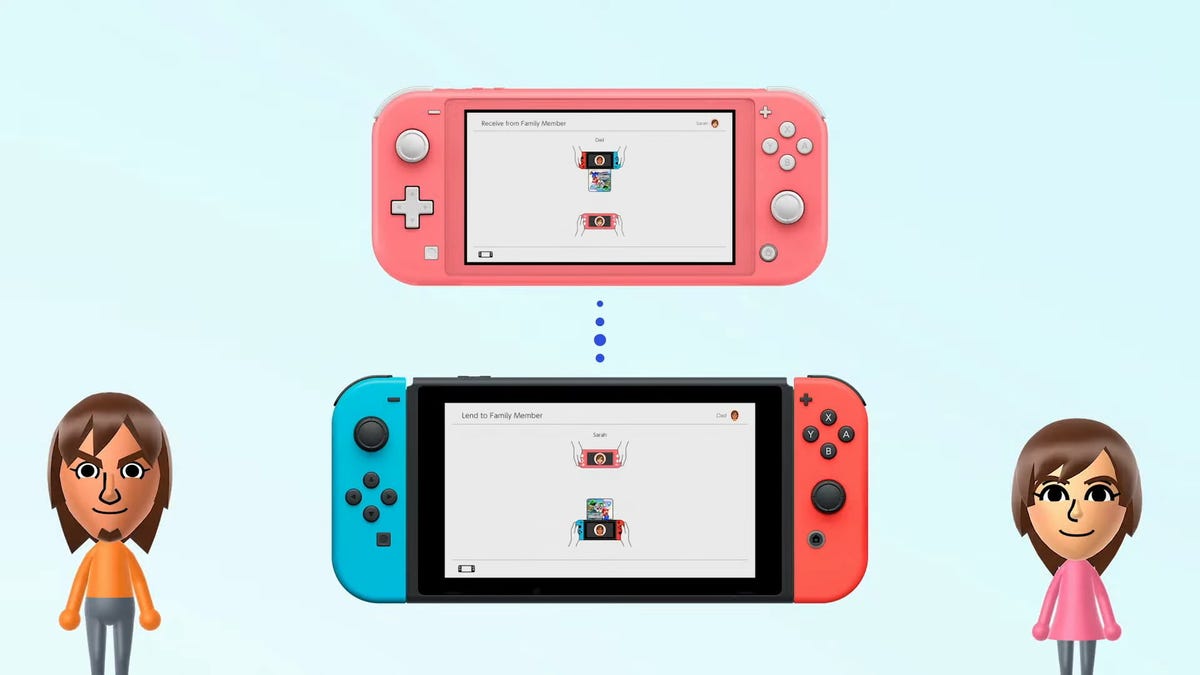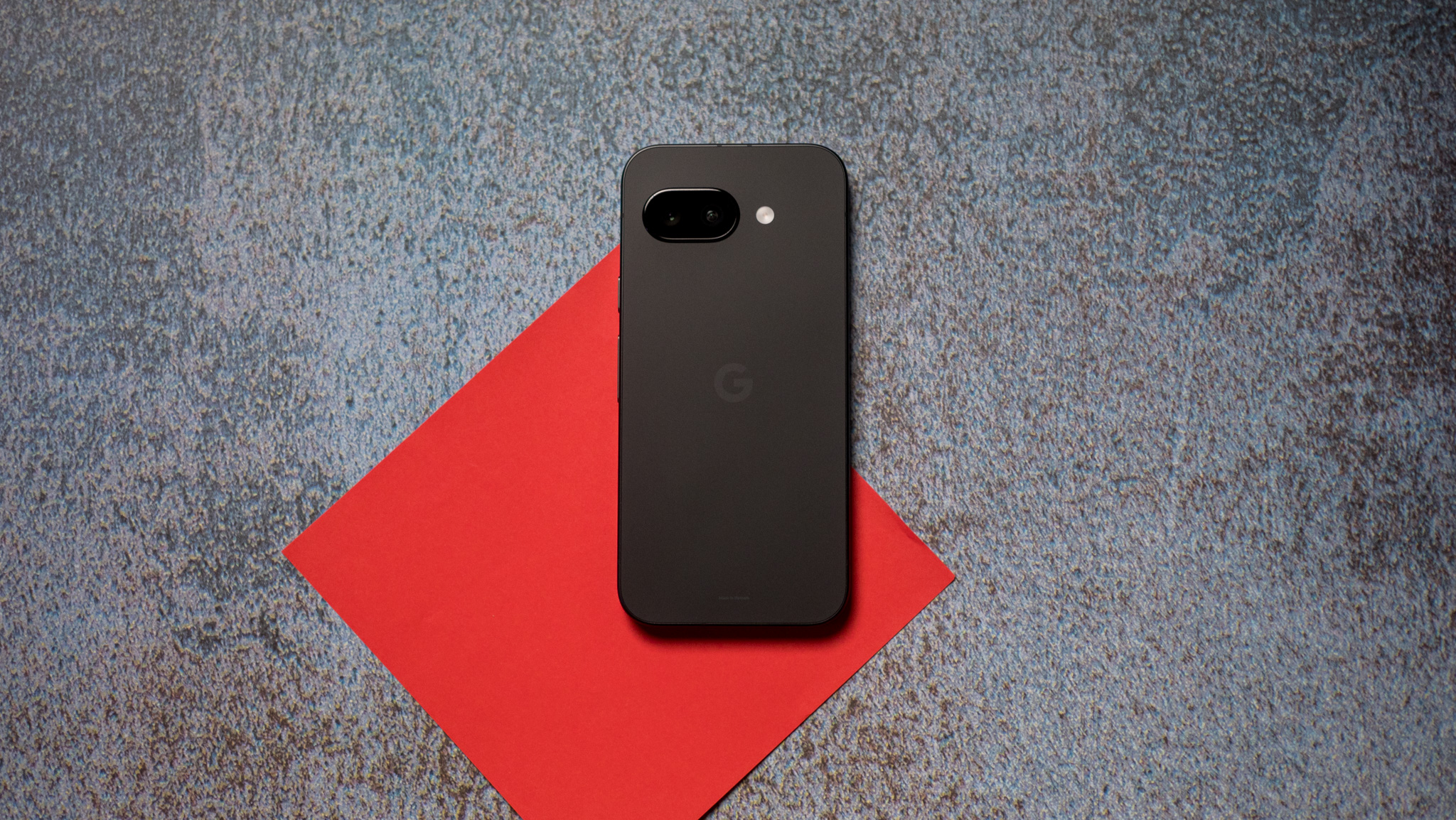Nvidia Unveils Innovative AI Blueprint for 3D-Driven Image Generation

In a groundbreaking move for developers in the realm of artificial intelligence and graphic design, Nvidia has introduced a new tool designed to facilitate the generation of AI images based on 3D models. This tool, awkwardly named the Nvidia AI Blueprint for 3D-guided generative AI, is now available for download, but it comes with specific hardware requirements, necessitating users to have a computer equipped with an Nvidia RTX 4080 GPU or a more advanced model.
The innovative approach taken by Nvidia bridges two critical pieces of technology: Blender, a widely-used 3D modeling software, and Black Forest Labs FLUX.1, an image generator renowned for its capabilities. With this integration, users are empowered to draft a scene in Blender using a variety of 3D objects such as buildings, plants, animals, and vehicles. This initial 3D creation then serves as a reference point for the subsequent generation of 2D images.
The primary advantage of this tool lies in its ability to provide users with enhanced control over the finer details of their images. By manually adjusting the viewing angle or the placement of specific objects within the 3D model, developers can achieve a more accurate representation of their envisioned scenes compared to relying solely on text descriptions. For instance, if a user has a precise image of a city in mindcomplete with specific architectural styles, exact tree placements, and the desired angle of viewthey can create a rough layout in Blender. The FLUX.1 image generator can then utilize this layout as a foundational reference, potentially alleviating the frustrations that often accompany the process of refining text-based prompts.
Interestingly, the 3D objects created in Blender do not need to be highly detailed; they merely function as a layout guide to facilitate the image generation process. This flexibility allows for a streamlined workflow that can cater to a range of user needs and artistic visions.
Nvidia has positioned its AI Blueprints as pre-defined, customizable AI workflows, aimed at assisting developers in constructing generative AI applications. The current offering, the AI Blueprint for 3D-guided generative AI, includes comprehensive documentation, sample assets, and a preconfigured environment designed to guide users through the process of employing this tool effectively.
While Nvidia's new tool offers a promising avenue for image generation, it is worth noting that it is not the first of its kind. Adobe has also been developing a similar tool, teased during its MAX event in October, termed Project Concept. This tool allows users to map out 3D scenes for image generation, but it remains in experimental stages and may not be released for public use.
In conclusion, with the launch of the Nvidia AI Blueprint for 3D-guided generative AI, developers now have an exciting new tool at their disposal, one that could significantly reshape the landscape of digital content creation.
























